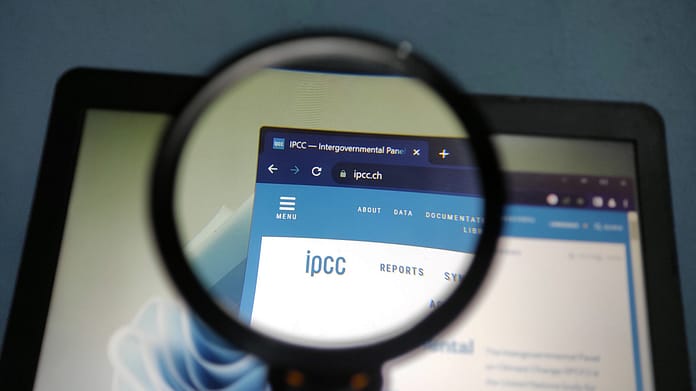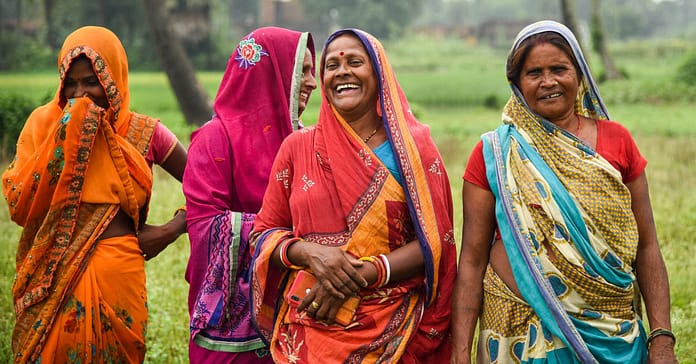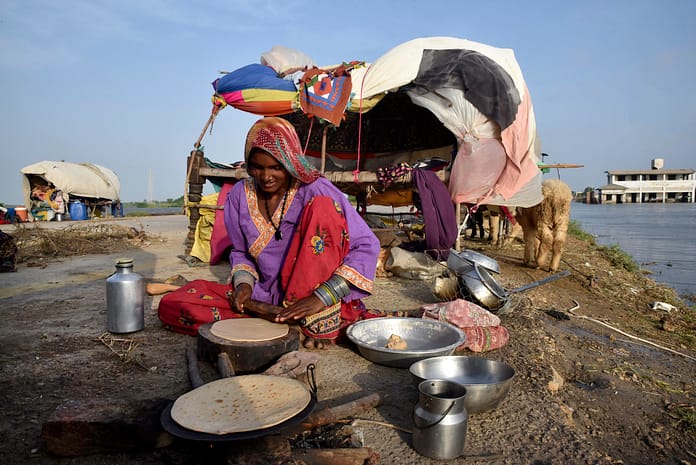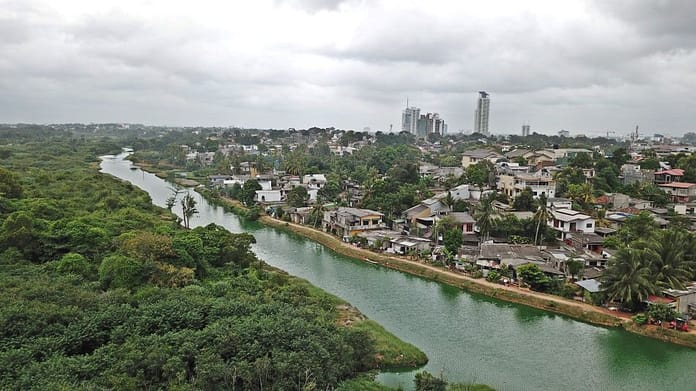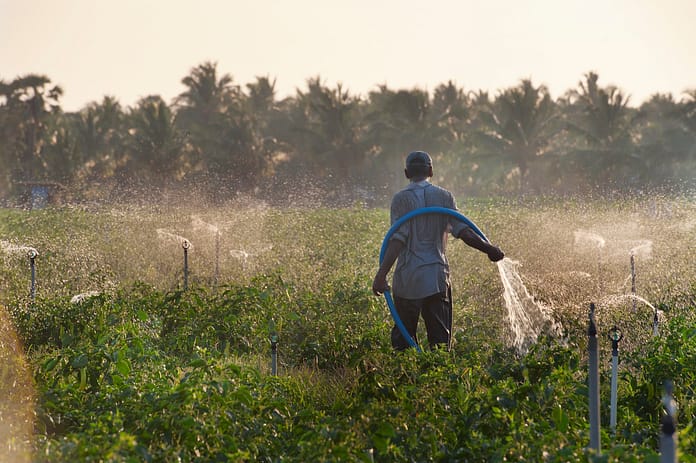Women and girls in Pakistan are among the most disproportionately affected by climate change — one of the greatest threats facing humanity today. Among the most urgent challenges is the country’s growing water crisis. From droughts and floods to unsafe drinking water and poor sanitation – water insecurity is deepening existing gender inequalities.
Between 2000 and 2019, extreme weather events driven by climate change claimed over 475,000 lives and resulted in global economic losses of USD 2.56 trillion. Future projections are even more alarming. By 2030, heat stress alone is expected to cause economic losses of USD 2.4 trillion worldwide and lead to the loss of about 136 million jobs, especially in agriculture and construction — sectors already strained by water shortages and unreliable irrigation systems. These sectors absorb large portions of the informal labor force, which include a significant share of women workers.
When climate inequality meets gender inequality
Vulnerability to climate change intensifies with gender inequality. If women’s needs are overlooked in everyday life, they will also be overlooked in times of crisis.
The gendered roles people are expected to play – from who makes decisions at home and within communities, to who controls access to resources and support – means that the impacts of climate change will look very different for women and men.
In Pakistan – like in many societies – women are responsible for managing food, water and household work. When climate change disrupts rainfall patterns and water sources run dry, these responsibilities become more time-consuming and physically demanding. Women and girls must walk long distances to collect drinking water at the cost of their safety, education and health.
A person’s socioeconomic standing also contributes to how they are affected by climate change. When people live in poverty, they lack access to the very resources that could help them prepare for and recover from climate disasters: reliable information, financial services and basic infrastructure. More than 67 percent of women in Pakistan work in agriculture – a sector that is heavily dependent on water availability. As much of this work falls within the informal labor force, they have no access to social protection when natural disasters strike. Most women also lack access to land rights, credit and control over income, which means that when water becomes scarce and crops fail, they have no way of sustaining their livelihoods.
Disparities in access to education, technology, credit and decision-making makes it harder for women to cope with and recover from the impacts of climate change. Women typically have fewer opportunities to receive climate-related information such as seasonal forecasts, risk analyses, or training in climate-smart agriculture.
In drought-prone zones, floodplains and coastal belts, households face a dual burden of water scarcity and environmental hazards. In these regions, water shortages and soil salinity are forcing men to migrate for work because of the uncertainty of agricultural income. Women — due to their prescribed caregiving roles — are mostly left behind to manage households alone under increasingly precarious conditions.
When disaster strikes, lack of clean water and sanitation puts women and girls at heightened risk of harassment, assault or early marriage. It also poses significant challenges to their health. After the 2022 floods in Pakistan, more than 1,000 healthcare facilities were destroyed in Sindh and Balochistan, affecting 650,000 pregnant women and girls. In September 2022 alone, more than 73,000 women were expected to give birth in flood-affected areas, many without access to maternal health services, skilled care or even safe spaces. The same disasters increased the spread of malaria, dengue and waterborne diseases, endangering the lives of children and the elderly while exposing the weakness of public health infrastructure.
Women’s voices must be included in climate solutions
Three core strategies are crucial to ensure that climate solutions work for everyone. First, service delivery and policymaking must be responsive to the distinct needs of different gender groups. This includes ensuring that climate adaptation and disaster recovery plans are informed by gender analysis and sex-disaggregated data.
Second, women and girls must be empowered to make decisions and claim their rights, whether at the household level or in national policy forums.
Third, men and boys must be engaged as allies in challenging gender norms, addressing violence and supporting inclusive climate action.
International frameworks have begun to acknowledge the gender-climate nexus. Agreements like the Beijing Platform for Action, the Convention on Biological Diversity and the UN Convention to Combat Desertification recognize the importance of women’s participation in environmental sustainability. Initiatives like the Global Gender and Climate Alliance have helped mainstream gender perspectives in climate policy dialogues. Yet many mechanisms, such as the Kyoto Protocol and early iterations of the United Nations Framework Convention on Climate Change (UNFCCC), still lack explicit gender integration. For real progress, these commitments must be translated into concrete actions at local, national and global levels.
On the ground, there are promising examples in Pakistan of how global gender-climate commitments can be translated into meaningful action. Climate-smart agriculture and inclusive water management practices are being introduced in the Khyber Pakhtunkhwa, Punjab and Balochistan regions with a strong emphasis on training women and youth. These efforts conducted by the International Water Management Institute (IWMI) are not only enhancing technical capacities but are also fostering leadership in community-based water user groups. These initiatives demonstrate how locally grounded, gender responsive programs can translate into progress — advancing both climate resilience and social equity.
Climate justice cannot be achieved without gender justice
Integrating gender perspectives into climate and water planning in Pakistan is not only a matter of justice, but also a matter of effectiveness. When women have secure access to clean water, sanitation and the power to make decisions in water governance, entire communities become more resilient.
Reliable water access reduces the burden of unpaid care work, allowing women to pursue education and employment. It also improves health outcomes for mothers and children by supporting hygiene, nutrition and maternal care. Safe sanitation and access to schooling for girls improve their wellbeing and future prospects.
Ultimately, inclusive climate and water planning in Pakistan will build resilient communities that are better prepared for future shocks.




